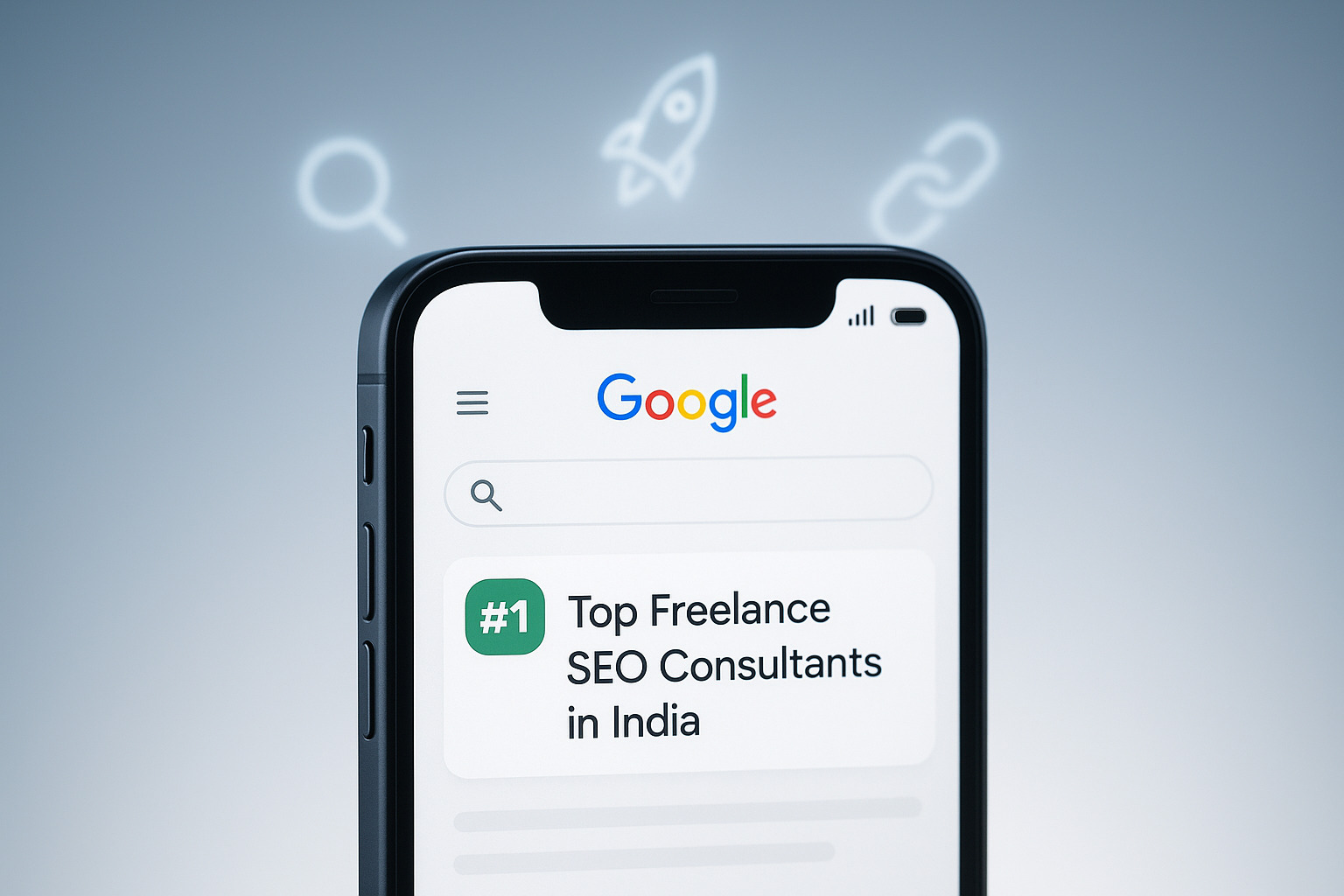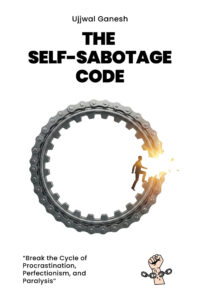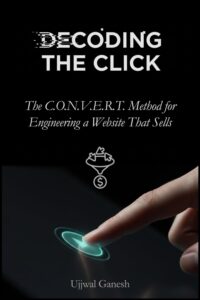You can have the fastest site.
The sleekest design.
The best plugins money can buy.
But if your content is just… there—
Not clear.
Not strategic.
Not original.
Then your website isn’t working.
It’s echoing. And no one’s listening.
The Most Common Content Trap: Copy That Could Belong to Anyone
Most business websites suffer from the same silent killer—unoriginal, generic copy.
Phrases like:
“We deliver value.”
“We are passionate about excellence.”
“Your satisfaction is our priority.”
Sound familiar? That’s because they’re everywhere.
And that’s the problem.
If your messaging could be copy-pasted onto any competitor’s site and still make sense, your content doesn’t differentiate—it dilutes.
What Generic Content Is Actually Costing You
It doesn’t just sound bad. It performs badly.
Here’s what happens when your website sounds like everyone else:
- You become forgettable: Visitors skim and leave. There’s nothing to remember—or return for.
- Google ignores you: Google’s 2024 update removed 45% of low-quality, duplicated, or unoriginal content from its top rankings.
- You don’t build trust: People don’t trust brands that don’t speak clearly, confidently, or authentically.
- You waste time and traffic: Even paid ads won’t work if the destination page has no persuasive message.
In short: bad content isn’t just harmless. It’s expensive.
The Static Site Syndrome: No Plan = No Progress
Most websites are “launched”—then left.
No updates.
No blog.
No content refresh.
No plan.
A static site is a silent site. And silence doesn’t rank. It doesn’t build relationships. And it doesn’t sell.
A content strategy isn’t a luxury. It’s your growth engine.
What it includes:
- Defined content goals (traffic, trust, or conversions?)
- Clear messaging per persona
- Blog and page refresh cycles
- SEO alignment
- Editorial planning around real user intent
It’s not about publishing more.
It’s about publishing better—and consistently.
What “Original” Content Really Means in 2025
It’s not just about avoiding plagiarism.
It’s about sharing what only you can say.
Original content comes from:
- Real stories
- Client experiences
- Behind-the-scenes insights
- Data, results, or experiments you’ve run
- A point of view that challenges the norm
It’s not just writing—it’s thought leadership. And in a market full of copycats, that’s the only thing that stands out.
The E-E-A-T Factor: Google’s New Content Standard
In 2025, Google doesn’t just care if your content is keyword-rich. It wants:
- Experience: Are you speaking from lived results?
- Expertise: Do you know what you’re talking about?
- Authoritativeness: Do others cite, trust, or link to you?
- Trustworthiness: Is your content factual, secure, and transparent?
If you’re missing these, you’re missing rankings—and relevance.
Here’s What Great Content Actually Does
- It informs: Answers real questions with clarity.
- It convinces: Builds confidence in your solution.
- It differentiates: Positions you above the competition.
- It scales: Becomes searchable, shareable, and reusable across platforms.
And above all—
It drives action.
Because the goal isn’t just to publish.
It’s to get results.
The Business Impact of Weak Content
Let’s get specific.
- 53.47% drop in traffic: What Visit Seattle experienced after Google flagged their duplicated, bloated content.
- 35% of sales lost: Due to poor UX, which weak content directly contributes to.
- Wasted ad spend: Driving traffic to a generic site kills your return before the click even lands.
If your content doesn’t pull its weight, everything else—SEO, design, paid ads—is undermined.
The Fix: Strategic, Original, Audience-First Content
How to break out of the echo chamber:
- Audit your site: What sounds like you? What sounds like a template?
- Clarify your message: Can you explain your value in a single sentence that no one else can claim?
- Show your work: Real data, proof, stories, screenshots—anything that can’t be faked.
- Plan your publishing: No more “write when we feel like it.” Weekly or biweekly posts win. Stale content loses.
- Build a content engine: Tie content to every stage of the buyer journey—awareness, decision, post-sale retention.
Final Word: Speak With Clarity or Get Ignored
Your website doesn’t need more content.
It needs content with purpose, personality, and power.
Don’t write for “the industry.”
Write for your customer. Write to convert. Write with something real to say.
Because if your content sounds like everyone else’s…
you’ve already lost their attention.













